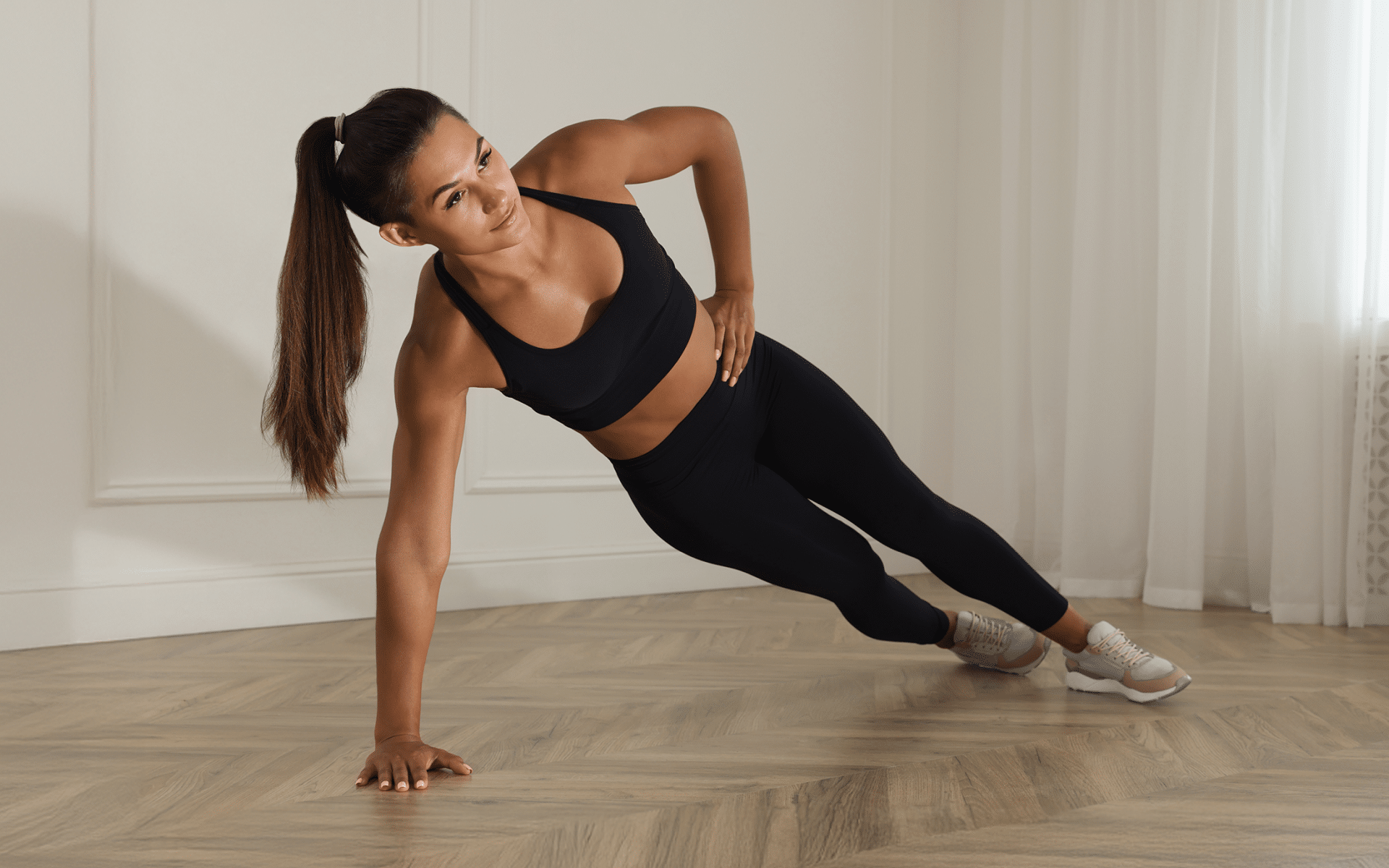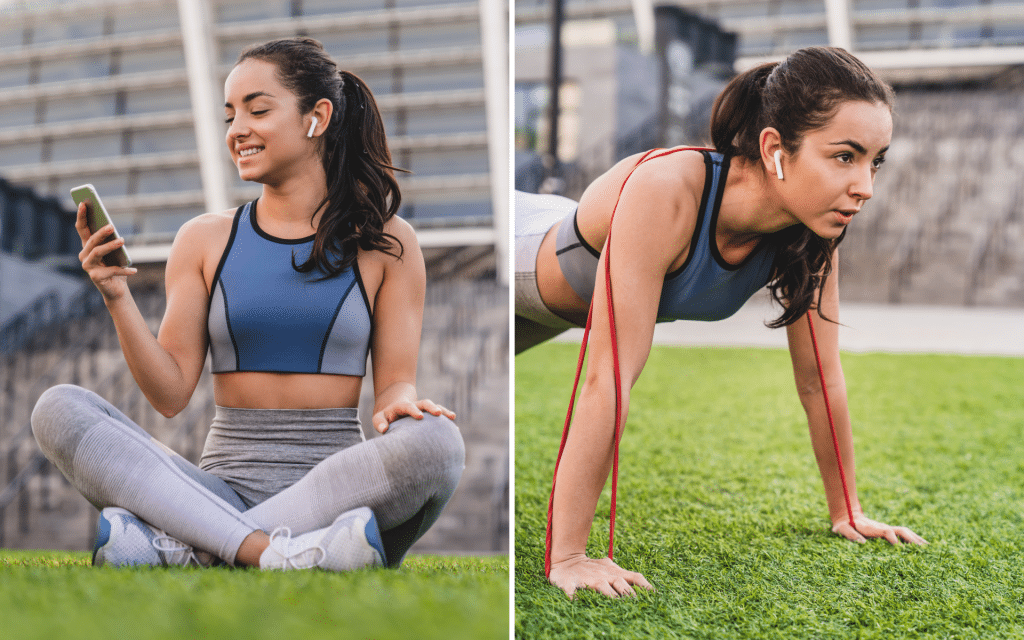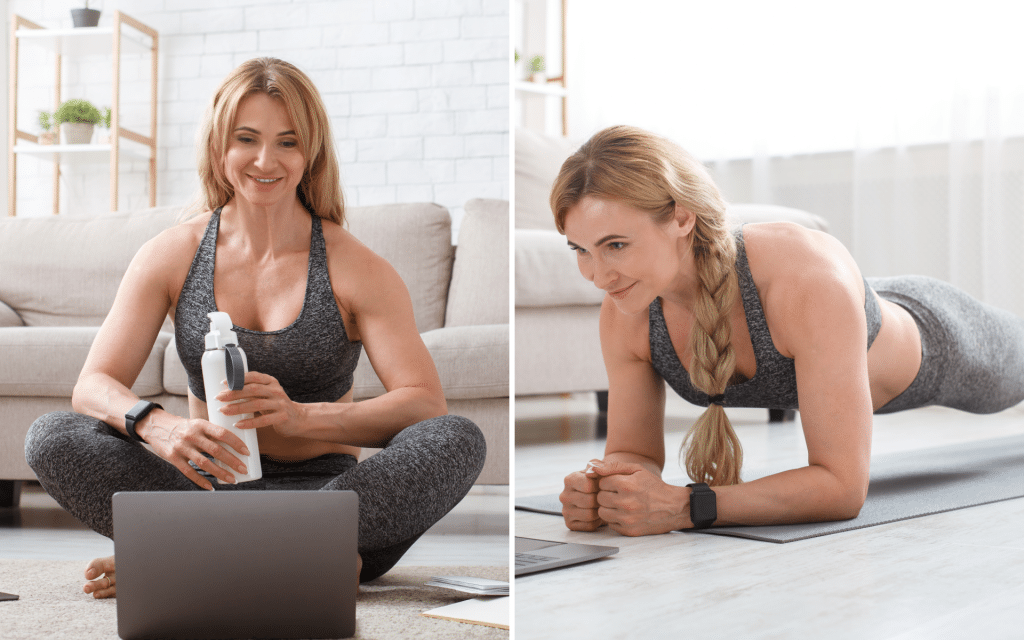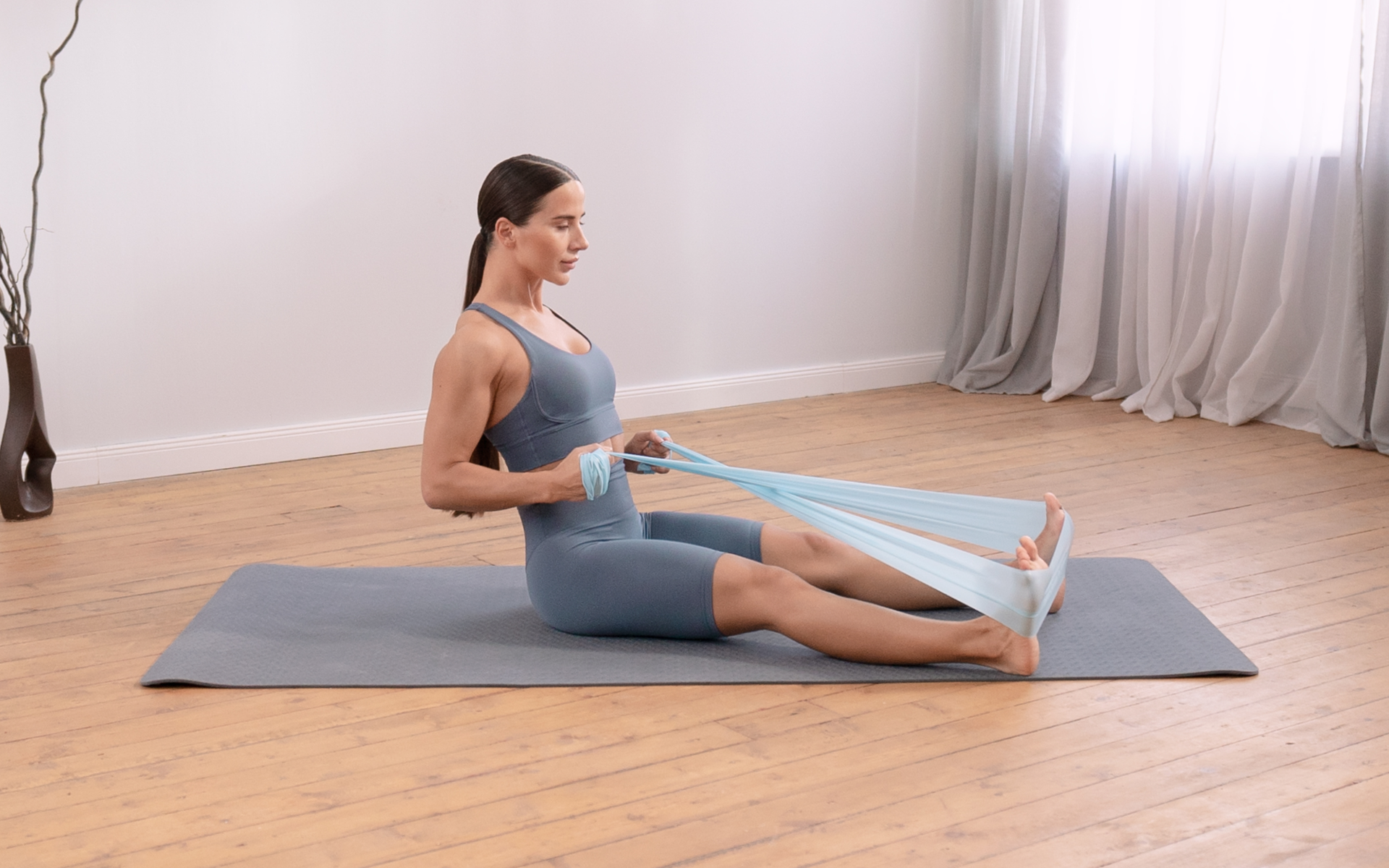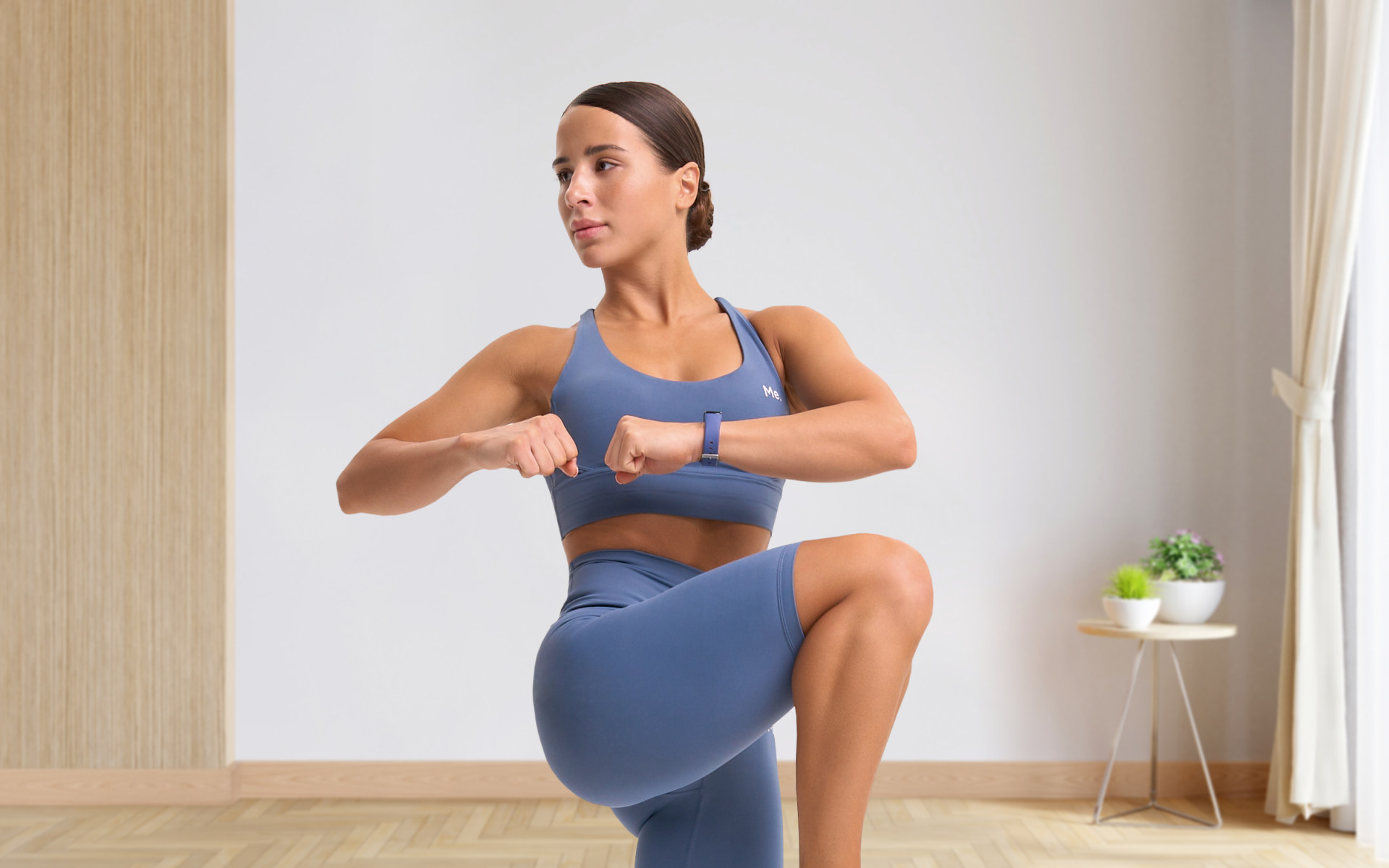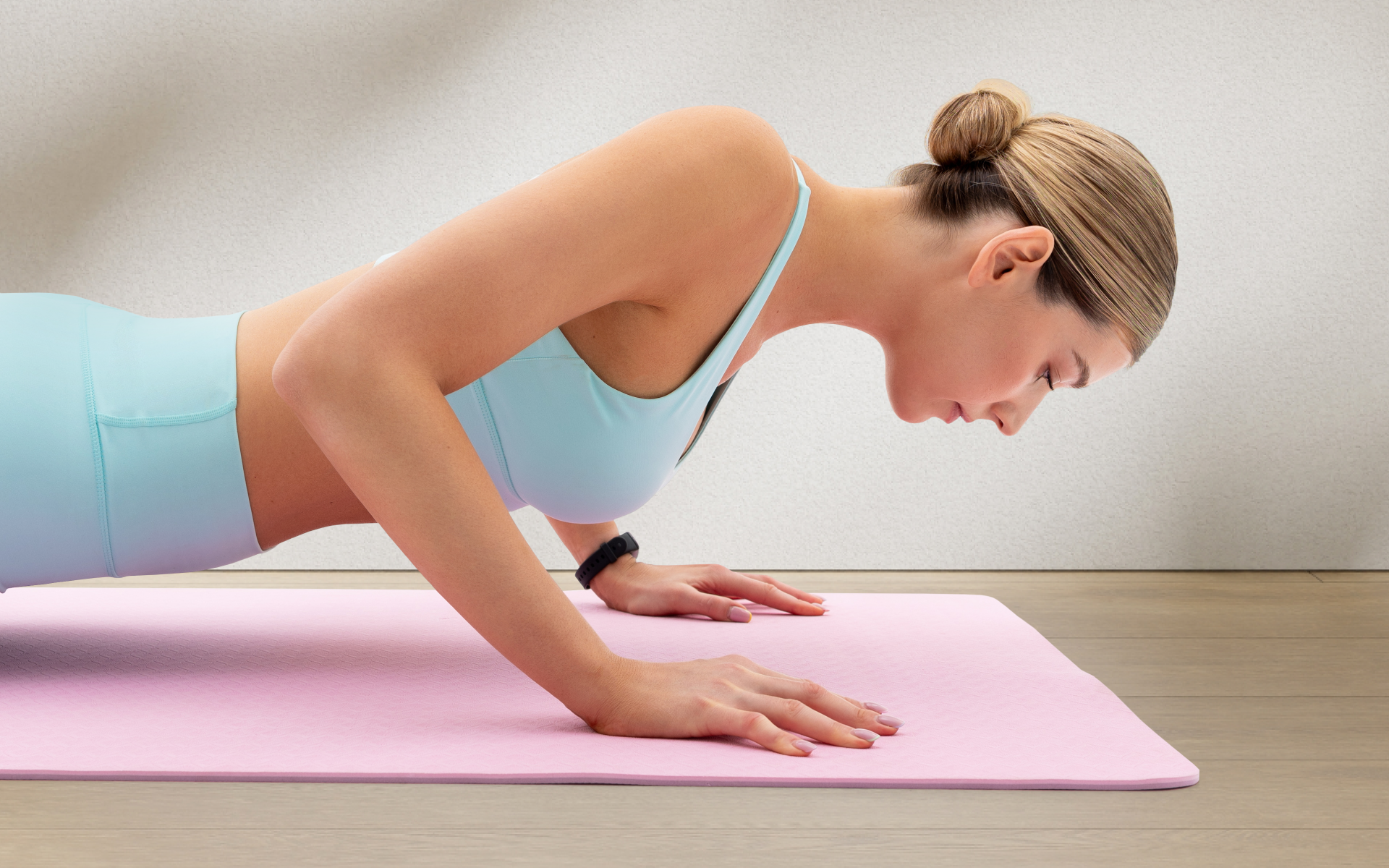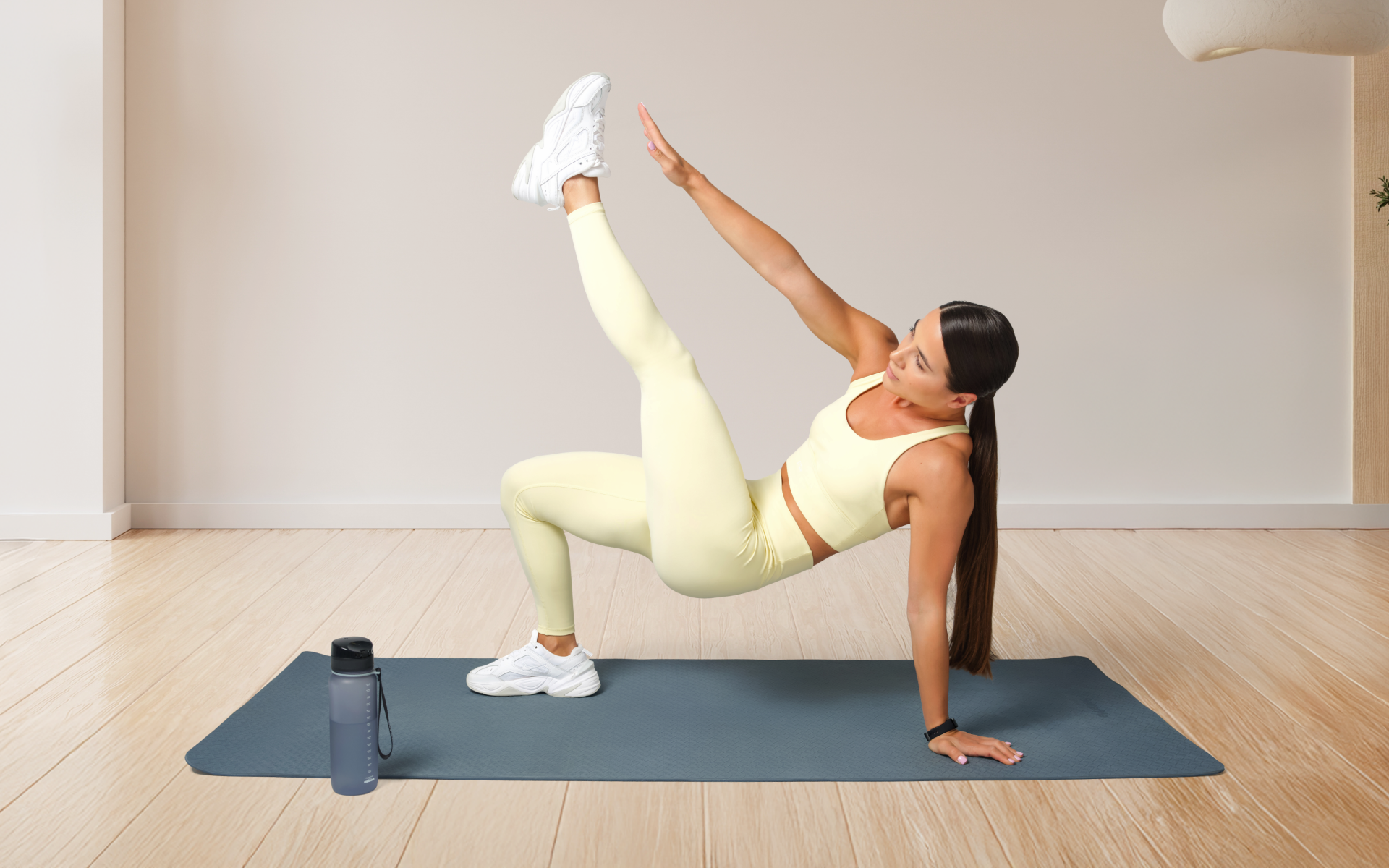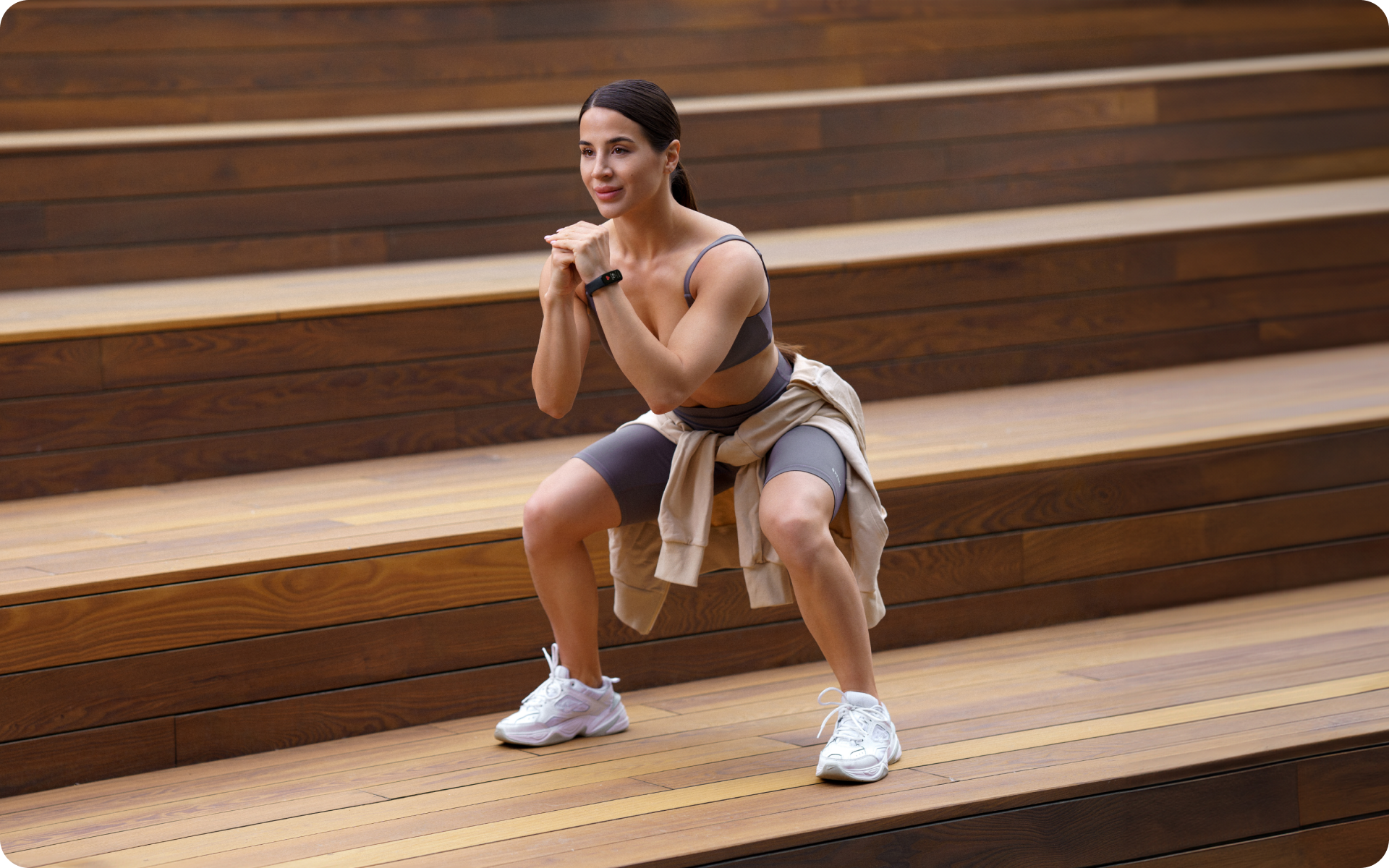The arm muscles are made up of the biceps, triceps, and shoulders and are often considered to be one of the most aesthetic parts of the body. Having well-defined and strong arms looks good and also improves your overall upper-body strength.
One way of achieving strong and toned arms is through calisthenics.
Yes, you read that right. You can train and grow stronger arms using your own body weight. This convenient and easily accessible form of exercise is a great option for those who don’t have access to gym equipment or prefer to work out at home.
We’ll take you through all you need to know about calisthenics workout for arms and the must-have exercises that will help you achieve those enviable toned arms.
What Is a Calisthenics Workout for Arms?
A calisthenics workout for arms is a form of strength training that uses body weight exercises to target and strengthen the arm muscles. It involves using your own body weight as resistance, without the use of any equipment or weights.
The workout is comprised of targeted exercises that engage the muscles in your arms and shoulders, forcing them to work harder and become stronger over time. Calisthenics for arms can range from simple movements such as push-ups and pull-ups to more advanced moves such as handstands and muscle-ups.
The workout also gets progressively challenging as you gain strength and can be modified to suit different fitness levels. It’s a great way to build upper-body strength, increase muscle mass, and improve overall arm definition.
Can You Build Arms with Calisthenics?
Calisthenics can be a great tool for building and strengthening your arm muscles.
By using your own body weight as resistance, you can put your arms through a range of movements and exercises that work all the different muscles in your arms. This will cause muscle fibers in the arm muscles to break down and as they repair themselves, they’ll become bigger and stronger.
Progression in calisthenics is also easily achievable and as this is the staple of muscle hypertrophy, it makes it a great way to stimulate muscle growth and build stronger arms.
When paired with consistent training and proper nutrition, you can definitely see significant progress in your arm muscles over time.
If you wish to free yourself from all the extra pounds that have been weighing you down for way too long, start using the BetterMe: Health Coaching app and overhaul your entire life!
8 Exercises for Your Calisthenics Workout for Arms
These exercises actively engage your arm muscles by targeting the biceps, triceps, and shoulders. This enables you to build strength, endurance, and definition.
As you perform these movements regularly, you’ll notice an increase in muscle tone and you’ll also improve your overall arm functionality, which can enhance performance in various physical activities and daily tasks.
1. Press-Ups
Arm Muscles Targeted: Triceps and shoulders
Steps:
- Start by getting into a plank position with your hands shoulder-width apart and arms extended.
- Lower your body until your chest is close to the ground, keeping your elbows tucked in and your back straight.
- Push back up to the starting position, focusing on using your arm muscles to lift yourself up.
- Continue for 8 to 12 repetitions.
Variations:
- To target the biceps more: Wide-arm push-ups with your arms placed wider than shoulder width apart.
- To target the triceps more: Close-grip push-ups with your hands placed close together under your chest.
- To increase the intensity: Decline push-ups with your feet elevated on a stable surface.
Read more: How Many Calories Do Pull-ups Burn: A Detailed Guide (2025)
2. Chin-Ups
Arm Muscles Targeted: Biceps and shoulders
Steps:
- Start by gripping a pull-up bar with your palms facing toward you, your hands placed shoulder-width apart.
- Engage your core and pull yourself up until your chin is over the bar.
- Slowly lower yourself back down to the starting position, focusing on controlling the movement.
- Continue for 8 to 12 repetitions.
Variations:
- To target the biceps more: Close-grip chin-ups with your hands close together on the bar.
- To increase the intensity: Weighted chin-ups using a weight belt or backpack.
3. Bench Dips
Arm Muscles Targeted: Triceps
Steps:
- Find a stable bench or chair and sit on the edge with your hands gripping the edge on either side of your hips.
- Walk your feet out, keeping your arms extended and supporting your weight.
- Lower your body by bending at the elbows until they reach a 90-degree angle.
- Push yourself back up to the starting position, focusing on using your tricep muscles to lift yourself up.
- Continue for 8 to 12 repetitions.
4. Diamond Push-Ups
Arm Muscles Targeted: Biceps and triceps
Steps:
- Start in a plank position with your hands close together, forming a diamond shape with your index fingers and thumbs.
- Lower your body until your chest is close to the ground, keeping your elbows tucked in and your back straight.
- Push back up to the starting position, focusing on using both your bicep and tricep muscles to lift yourself up.
- Continue for 8 to 12 repetitions.
Variations:
- To increase the intensity: Decline diamond push-ups with your feet elevated on a stable surface. Another option is using weighted vests or a backpack.
5. Grizzly March (Bear Crawl)
Arm Muscles Targeted: Triceps
Steps:
- Start on all fours with your knees raised to a 90-degree angle and just above the surface of the ground.
- Maintain a flat back, a tight core, hip-width apart legs, and arms shoulder-width apart.
- While keeping your body low to the ground, advance your right hand and left foot by an identical amount.
- Crawl a short distance forward, then turn around.
- Continue for 10 yards or 30 seconds of continuous movement.
6. L-Sit Hold
Arm Muscles Targeted: Biceps and triceps
Steps:
- Find a stable surface such as parallel bars or sturdy chairs and sit in between them.
- Place your hands on the bars/chairs at your sides and lift yourself up until your legs are straight and parallel to the ground.
- Hold this position for 20 to 30 seconds, focusing on keeping your arms engaged.
7. Pike Pushups
Arm Muscles Targeted: Shoulders and triceps
Steps:
- Start in a plank position with your feet on an elevated surface such as a chair or bench.
- Walk your hands back toward the surface, forming an inverted “V” shape with your body.
- Lower yourself by bending at the elbows until your head is close to the ground.
- Push back up to the starting position using only your shoulders and triceps.
- Continue for 8 to 12 repetitions.
Variations:
- To increase the intensity: Weighted pike push-ups using a weight vest or backpack.
8. Body Weight Curls
Arm Muscles Targeted: Biceps
Steps:
- Stand with your feet shoulder-width apart and your arms extended at your sides.
- Tighten your bicep muscles and curl your arm up toward your chest, keeping your elbows close to your body.
- Slowly lower back down to the starting position.
- Repeat for 8 to 12 repetitions.
Variations:
- To increase the intensity: Use resistance bands or weights to add extra resistance while performing curls.
How to Get Bigger Arms
Getting bigger arms or increasing the size of your arm muscles requires a combination of proper nutrition, targeted exercises, and sufficient rest and recovery. Let’s look at each requirement in depth:
- Proper Nutrition
To build muscle, your body needs a caloric surplus, which means you consume more calories than you burn. This provides the energy and building blocks for muscle growth (1).
In addition to consuming enough calories, it’s important to ensure adequate protein intake as this is essential for repairing and building muscle tissue. Aim for at least 0.8-1 gram of protein per pound of body weight (1).
- Use of Targeted Exercises
Performing exercises that target specific arm muscles, such as biceps and triceps, can help increase their size over time. Incorporating compound moves such as pull-ups and push-ups, together with isolation exercises such as curls and dips, can lead to overall arm growth.
It’s also important to progressively overload your muscles, which means gradually increasing the resistance or difficulty of exercises as your strength improves (2). This can be achieved by using weights, resistance bands, or manipulating body positioning.
- Sufficient Rest and Recovery
Muscle growth occurs during rest and recovery periods when your muscles repair and adapt to the stress that’s placed on them during exercise (3). Make sure to give your arms adequate rest between workouts and prioritize getting enough quality sleep each night.
BetterMe: Health Coaching app helps you achieve your body goals with ease and efficiency by helping to choose proper meal plans and effective workouts. Start using our app and you will see good results in a short time.
How to Grow Forearms with Calisthenics?
Growing your forearms with calisthenics involves performing a variety of exercises specifically designed to target the muscles in your forearms. These exercises help strengthen the forearm muscles and improve your grip strength, which is essential for many upper-body movements.
Incorporating exercises such as pull-ups, push-ups, and various holds can enhance muscle development and endurance. Consistently challenging your forearms with different angles and resistance can lead to significant gains over time, contributing to both overall arm strength and aesthetics.
It’s important to note that exercise alone may not lead to significant growth in forearm size. Proper nutrition and adequate rest are essential for muscle growth and development. Enough protein intake and a caloric surplus are necessary for muscle tissue repair and growth, while sufficient rest allows your muscles to recover and adapt.
Read more: Change Your Body with this 8-Week Calisthenics Program
Can Calisthenics Train Biceps?
Yes, calisthenics can effectively train the biceps muscles. Many calisthenics exercises, such as chin-ups and pull-ups, primarily target the biceps along with other arm muscles. In addition, variations of push-ups such as wide-arm push-ups and diamond push-ups also engage the biceps.
To maximize bicep development with calisthenics, it’s essential to focus on proper form and range of motion in each exercise (4). Utilizing different hand placements and angles can also help to target specific areas of the biceps for a well-rounded workout.
When coupled with proper nutrition and rest, incorporating bicep-focused calisthenics exercises into your routine can lead to significant muscle growth and strength.
You can train your forearms every day, but it’s important to manage the intensity and volume to avoid overtraining. Forearms are composed of smaller muscle groups that can recover quickly from low to moderate-intensity exercises. Incorporating lighter resistance and focusing on endurance can be beneficial. However, it’s important to listen to your body and provide adequate rest when needed to prevent injury. The false grip is a technique that is commonly used in gymnastic movements such as muscle-ups. To perform a false grip: This grip allows you to keep your wrists above the bar, facilitating transitions in movements such as muscle-ups. Practice will be required to build the necessary wrist and forearm strength. Forearms can be challenging to grow compared to other muscle groups due to their frequent use in daily activities, which can make them more resistant to hypertrophy. However, with consistent training focusing on progressive overload and a variety of exercises targeting different angles and grips, your forearm muscles can increase in size. Including exercises such as wrist curls, hammer curls, and reverse curls can enhance growth. Skinny arms can become bigger with the right training and nutrition. Building larger arms requires a combination of strength training exercises that target the biceps, triceps, and forearms, together with a diet rich in protein to support muscle growth. Consistency in training, focusing on progressive overload, and ensuring adequate calorie intake are key factors for transforming skinny arms into bigger, more muscular arms.Frequently Asked Questions
Can I train my forearms every day?
How do I do a false grip?
Are forearms difficult to grow?
Can skinny arms get big?
The Bottom Line
Calisthenics is a powerful and accessible way to build arm strength and muscle definition without expensive gym equipment. By using your body weight, you can effectively target your biceps, triceps, and shoulders. Consistency is key and you need to make sure to perform these exercises regularly for the best results.
Proper nutrition is also essential for muscle growth, providing the necessary fuel through a balanced, protein-rich diet. In addition, progressive overload—gradually increasing exercise difficulty—is essential for stimulating muscle growth and avoiding plateaus.
Incorporating these calisthenics exercises into your workout routine will improve your arm aesthetics and enhance your overall upper-body functionality, making everyday tasks easier and boosting your physical performance in various activities.
DISCLAIMER:
This article is intended for general informational purposes only and does not serve to address individual circumstances. It is not a substitute for professional advice or help and should not be relied on for making any kind of decision-making. Any action taken as a direct or indirect result of the information in this article is entirely at your own risk and is your sole responsibility.
BetterMe, its content staff, and its medical advisors accept no responsibility for inaccuracies, errors, misstatements, inconsistencies, or omissions and specifically disclaim any liability, loss or risk, personal, professional or otherwise, which may be incurred as a consequence, directly or indirectly, of the use and/or application of any content.
You should always seek the advice of your physician or other qualified health provider with any questions you may have regarding a medical condition or your specific situation. Never disregard professional medical advice or delay seeking it because of BetterMe content. If you suspect or think you may have a medical emergency, call your doctor.
SOURCES:
- Editorial: Nutritional Strategies to Promote Muscle Mass and Function Across the Health Span (2020,frontiersin.org)
- Progression of volume load and muscular adaptation during resistance exercise (2014,nih.gov)
- 8 Reasons to Take a Rest Day (2018,acefitness.org)
- Effects of range of motion on muscle development during resistance training interventions: A systematic review (2020,nih.gov)
